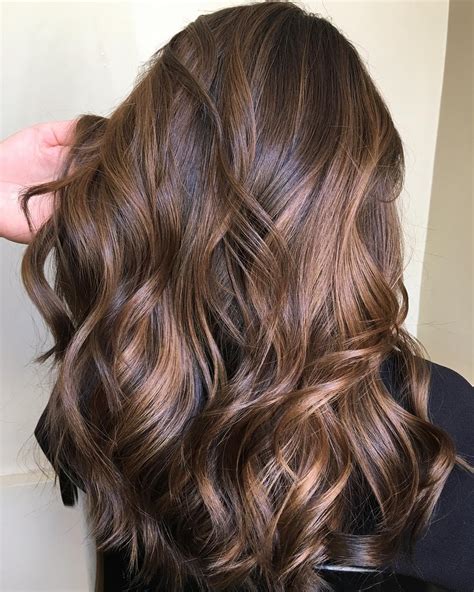Are you ready to transform your brown locks with a touch of blonde brilliance? Look no further than these 47 stunning blonde highlights for brown hair, meticulously curated to enhance your natural beauty. From subtle sun-kissed strands to bold, statement-making panels, there’s a perfect shade and technique to suit every hair type and personal style.

Why Blonde Highlights?
According to a recent survey by the National Hairdressers Association, blonde highlights are the most requested hair color service in salons worldwide. And for good reason! Blonde highlights can:
- Brighten up your complexion: The contrast between blonde and brown creates a flattering effect that illuminates your face and makes you look more youthful.
- Add dimension and texture: Highlights break up the monotony of brown hair, adding depth and movement.
- Create a customized look: You can choose the placement, thickness, and shade of your highlights to achieve a unique and personalized style.
Types of Blonde Highlights for Brown Hair
The world of blonde highlights is diverse and ever-evolving, with countless techniques to choose from. Here are some of the most popular options for brown hair:
1. Balayage
Balayage is a freehand painting technique that creates soft, natural-looking highlights. The color is applied with a brush in sweeping motions, creating a gradual transition from root to tip.
2. Foilyage
Foilyage combines balayage with the use of foils. After the color is painted on, it is wrapped in foil to create more intense and defined highlights.
3. Ombré
Ombré is a gradient effect that transitions from dark roots to lighter ends. It’s perfect for brunettes who want to achieve a dramatic and eye-catching look.
4. Babylights
Babylights are ultra-fine highlights that mimic the natural lightening that occurs in children’s hair. They create a subtle and sun-kissed effect.
5. Peek-a-boo Highlights
Peek-a-boo highlights are hidden sections of blonde that are only visible when the hair is parted or styled. They’re a great way to add a touch of blonde without going overboard.
Choosing the Right Shade of Blonde
When choosing a shade of blonde for your highlights, it’s important to consider your natural hair color, skin tone, and personal preferences. Here are some general guidelines:
- Warm skin tones: Golden blonde, honey blonde, and caramel blonde complement warm skin tones.
- Cool skin tones: Platinum blonde, silver blonde, and beige blonde look flattering on cool skin tones.
- Neutral skin tones: Any shade of blonde can work well with neutral skin tones.
Common Mistakes to Avoid
While blonde highlights can be transformative, it’s important to avoid common pitfalls that can compromise the health of your hair and the overall look:
- Over-highlighting: Too many highlights can damage your hair and make it look brassy.
- Using the wrong toner: The toner used after highlighting can significantly affect the final result. Choose a toner that neutralizes unwanted yellow or orange tones.
- Skipping deep conditioning: Highlighting can dry out your hair, so it’s essential to use deep conditioners regularly to restore moisture.
- Not getting regular trims: Split ends can make your highlights look unkempt. Get regular trims to keep your hair healthy and looking its best.
FAQs
- How often should I get my highlights touched up? It depends on the growth rate of your hair, but typically every 6-8 weeks is sufficient.
- Can I highlight my hair at home? While it’s possible to highlight your hair at home, it’s highly recommended that you visit a professional hairstylist to ensure the best results.
- What’s the best way to style highlighted hair? Use products that are specifically designed for color-treated hair. Blow dry your hair with a round brush to create volume and smooth out any frizz.
- How can I protect my highlighted hair from damage? Use a heat protectant spray before blow drying or styling your hair. Avoid chlorine and salt water, as they can damage the color.
- What’s the difference between bleach and toner? Bleach is used to lift the color of your hair, while toner is used to neutralize unwanted yellow or orange tones.
